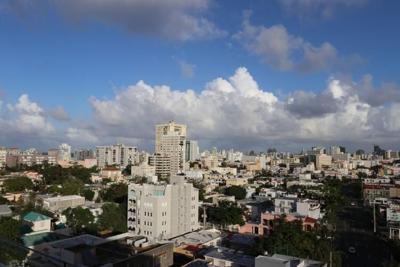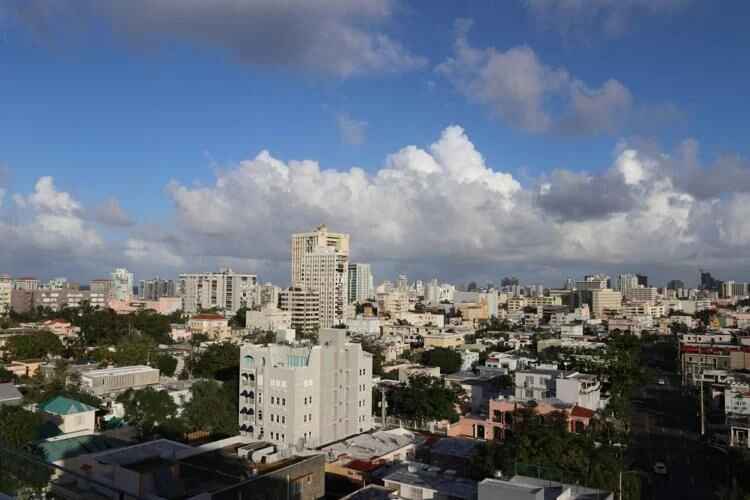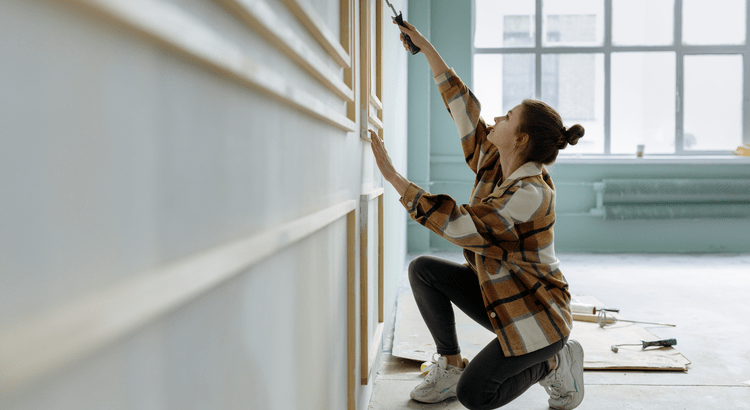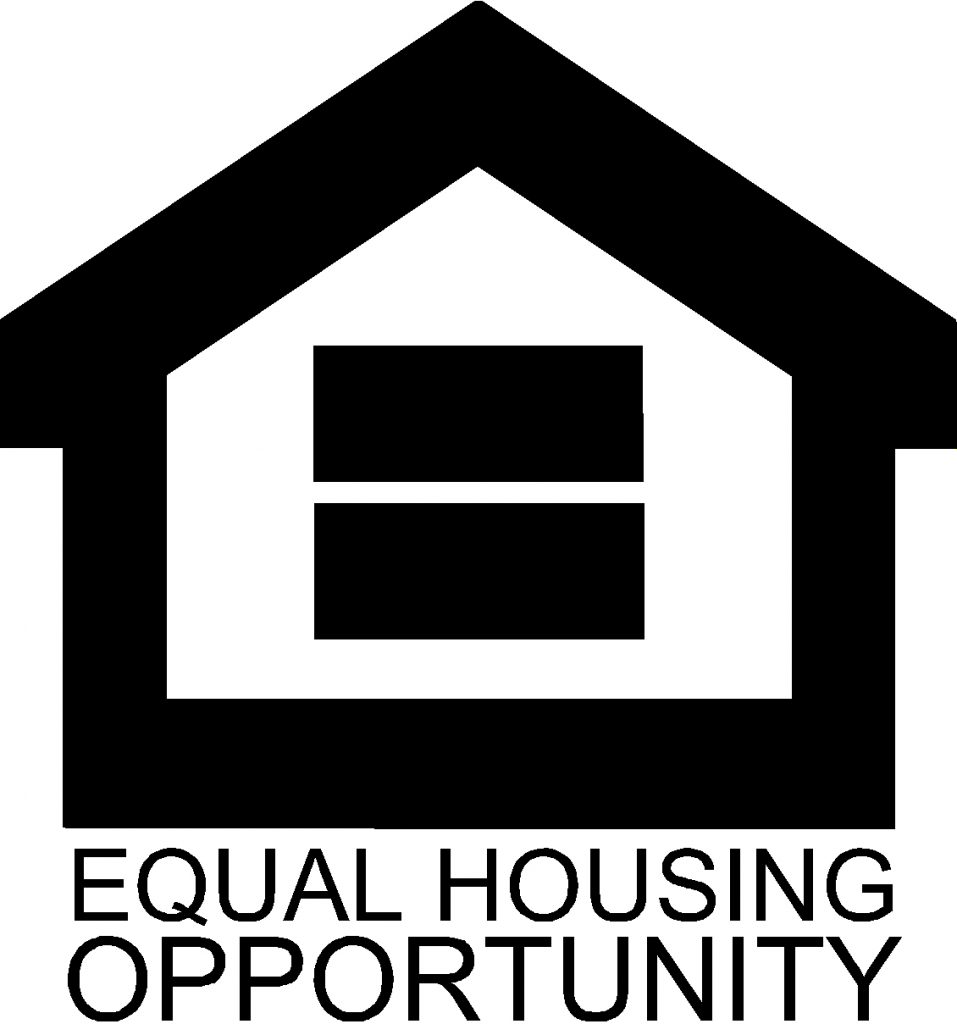High Construction Costs Disincentivize Development
- Stephanie L. López, EL VOCERO
- Sep 4, 2025

The shortage of rental housing in Puerto Rico is more a matter of cost than demand, as rising construction costs limit the development of complete projects aimed at renters and increase pressure on the housing market.
“Although there are rental projects in Puerto Rico, there are very few, if any, projects being developed—a complete project, an entire building for unsubsidized market rent,” explained Agustín Rojo, president of the Puerto Rico Builders Association (ACPR in Spanish acronym), in an interview with EL VOCERO.
According to the 2020 Census, Puerto Rico has approximately 1,376,531 occupied homes, of which 70.2% are owner-occupied and 29.8% are rented.
“I believe there is an opportunity there for a certain sector, particularly our young professionals, who we want to be mobile. That is, for them to come to Puerto Rico, work, and take that first step, without necessarily having to buy a home and make that financial commitment, but rather renting. I hope they do well, stay for many years, and end up buying a home in Puerto Rico,” Rojo said.
Milton Serrano, president of the Puerto Rico Real Estate Landlords Association (AABI), agreed with him. He explained that, unlike in the continental United States, Puerto Rico does not have a practice of building housing projects aimed at the long-term rental market.
By 2024, a record 608,000 multifamily rental units will be completed in the United States, the highest annual total since 1986, of which 95% were built for rent, rather than for sale, according to the Census Bureau’s annual construction survey. However, there are no specific statistics for Puerto Rico.
“One of the reasons why developing this type of project (on the island) is not a practice is the high construction costs versus the ability to rent the unit, which makes it less cost-effective,” Serrano explained.
He reported that the trend in recent years has been to buy existing homes and renovate them or convert existing homes into rentals.
“In my case, for example, I have purchased multi-family properties, and the rents remain between $800 and $1,500, but it’s already built. I don’t have to start building from scratch,” he indicated.
According to Serrano, at the moment, most new projects are being built for subsidized programs, such as Section 8 Housing.
Less than necessary is being built
Meanwhile, in the residential market, although projects are being built annually, they are far below current demand.
“The reality is that there is a need and demand for approximately 4,300 new units per year that need to be built. That’s qualified demand, meaning the demand from people who could indeed qualify for affordable housing. And since we don’t even reach a thousand units per year, that demand keeps increasing year after year, creating pressure,” Rojo explained.
According to data from the Office of the Commissioner of Financial Institutions (OCIF in Spanish acronym), 1,019 new homes were sold in 2021, while only 791 were sold in 2024.
During the first quarter of 2025, 2,467 homes were sold, of which 559 were new. This is 10.5% more than the same period in 2024, when 2,231 sales were recorded overall, according to OCIF mortgage origination statistics.
“Unfortunately, when our numbers are so low, any percentage increase looks significant. It’s positive that we’re on the rise. However, having said that, seeing a 10%, 15%, 20%, or 25% increase when our numbers are so low doesn’t necessarily reflect that we’ve achieved our goal,” the association’s president emphasized.
Aware of the Tariff Effects
On the other hand, Rojo noted that the effects of the tariffs imposed on imports of various products have already begun to be felt, both in current and future negotiations. He indicated that, although these impacts may not yet be reflected in the final product, they do appear in the projections and calculations being made for future projects and in the negotiations being carried out for those same projects.
“We are already starting to see that there are suppliers who are saying, ‘Look, I’m going to be impacted by the tariffs, I have to raise prices.’ So, the final effect of that remains to be seen. But yes, we can already see future uncertainty and, potentially, an increase,” the developer admitted.
Some of the construction materials most affected by the tariffs are steel, aluminum, copper, softwood lumber, and drywall, among others.
He indicated that there is currently no definitive projection of how much construction prices will increase, but it is one of the important topics they will address during their Annual Convention on September 10 and 11, 2025, at the Puerto Rico Convention Center.
“The construction industry is one of the main drivers of our economy. This convention is an essential platform to generate ideas, build alliances, and propose concrete solutions to the challenges facing Puerto Rico,” Rojo stated.





